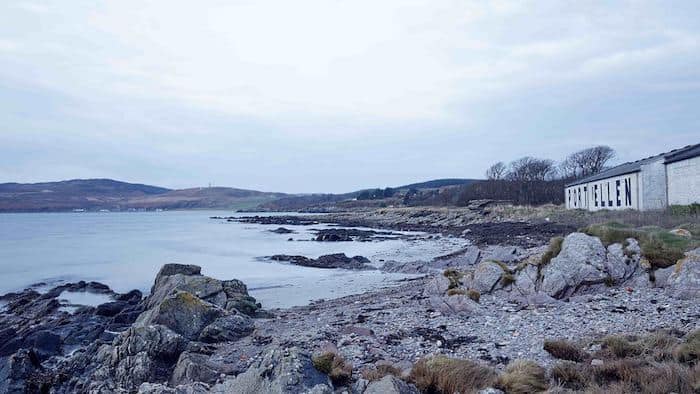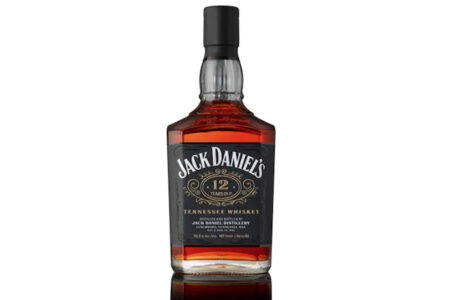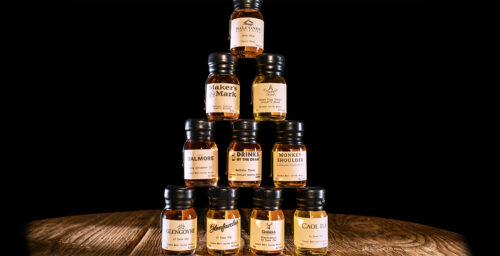When the global whisky community opened its emails or its newspapers on Monday 9th October, we were astonished to read that Diageo proposed to bring Brora and Port Ellen Distilleries – both of which were closed in 1983 – back into production. The next day it was further announced that Ian Macleod & Company had contracted to buy Rosebank Distillery (closed 1993) together with the Rosebank trademark, and was planning to refurbish and resume production.
Joyous news indeed! The three most iconic closed distilleries in Scotland to be revived! I had heard a rumour about Rosebank and Ian Macleod, but Diageo’s announcement was a bomb-shell. I asked Dr. Nick Morgan, the company’s Head of Education and Outreach how they had managed to keep it secret. His reply:
“I have been asked many times over the past 30 years whether Brora and Port Ellen would ever be brought back into production. I always replied, regretfully, in the negative, although I knew that a number of senior people in Diageo wanted to re-open the sites.
“In the end the inspiration for reviving the distilleries came from the very top… Only a handful of senior management within the company knew of the plan, so the announcement in October was as surprising to our staff as it was to whisky enthusiasts.”
The next question that arises in most enthusiasts minds is: “Why were these legendary distilleries closed in the first place, in spite of the high reputations of their whiskies? To answer this question, we must look back to the dark days of the early 1980s…
Trouble in Paradise
The two decades following the conclusion of World War II were boom years for Scotch whisky. The industry invested heavily in plant and production to meet this demand – building new distilleries, expanding and modernizing existing sites, increasing efficiency and capacity. Output doubled between 1960 and 1980 to over 100 million proof gallons per annum and the quantity of whisky being held in bond more than quadrupled (to well over a billion gallons). All but .5% of the whisky made went into blended Scotch.

When demand for blended Scotch faltered in the mid 1970s, compounded by recession in the world economy in 1981, it was clear that production levels and mature stock were way out of balance with demand. The Management Committee of the Distillers Company (now Diageo) noted that it was essential to “attain the requisite balance between maturing stocks of whisky and anticipated levels of future sales.”
In 1983, the company closed 10 of its 45 malt distilleries, and a further 5 in 1985. To date, none have reopened. Their example was followed in 1985/86 by a number of independent distillers, when 4 more distilleries were closed (2 have resumed production under new owners). 1992/93 saw the closure of a further 8 (4 of which have been re–commissioned).
So between 1983 and 1993 a total of 27 malt distilleries were closed, 21 of them terminally, until the announcement last month that Brora, Port Ellen and Rosebank were to be revived – an announcement which not only pleased whisky enthusiasts around the world, but which also shows commendable confidence in the continuing demand for malt whisky in the years to come.
(story continues on page 2 below)








